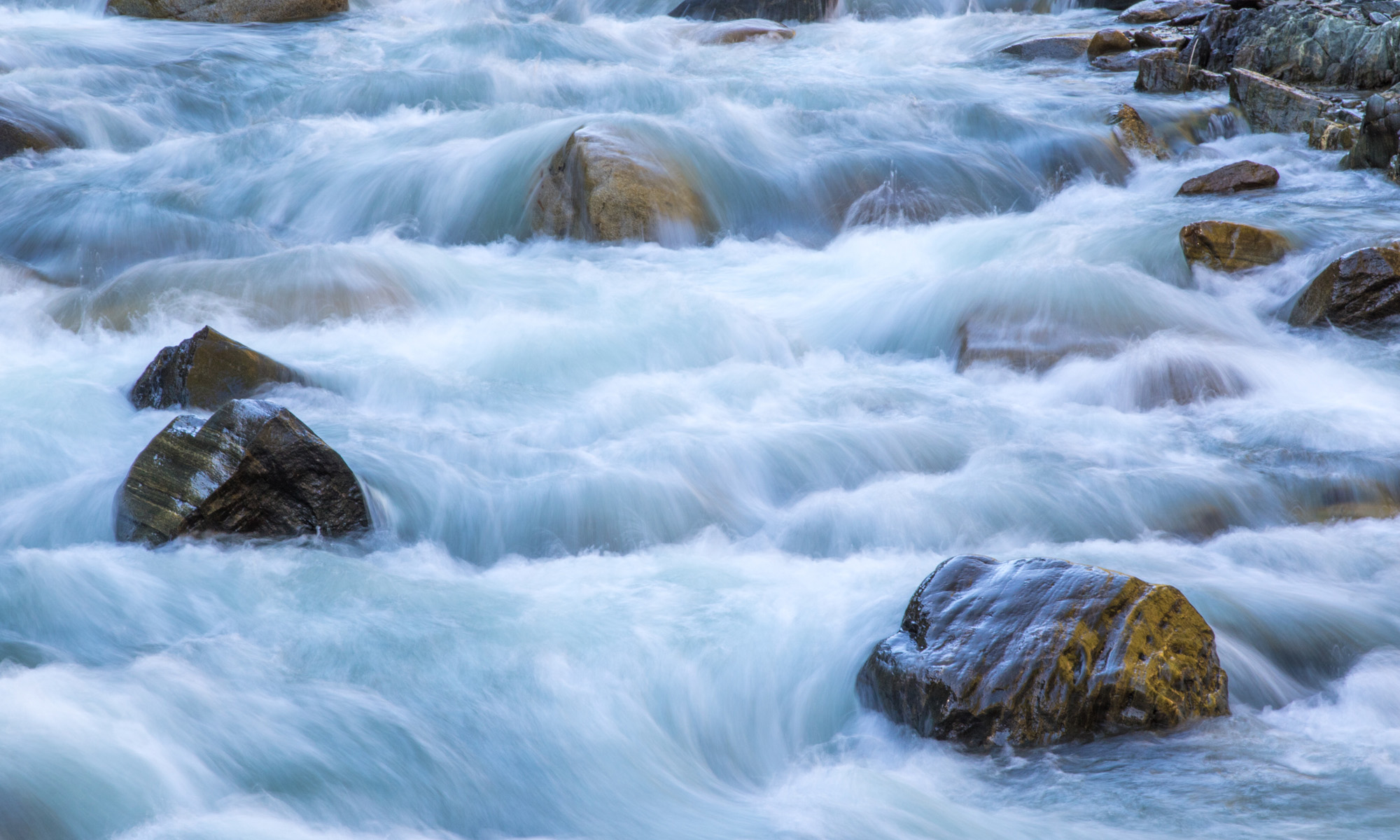Today’s Question: I have a black & white film negative. How do I convert it in Photoshop or Lightroom to print an image?
Tim’s Quick Answer: For a black and white film negative I recommend first scanning the film in color, then converting to black and white and optimizing for the final print.
More Detail: As a general rule it is best to work with a full-color image even when your intent is to produce a black and white final result. That is because the color version of the image will have more information to work with, which in turn can help you produce a final image with greater detail and overall quality.
Of course, with a black and white negative it might seem a little silly to scan the film as a color image, since in concept the film doesn’t contain any color. However, there is generally at least a slight degree of color in the film, even if that is only the “orange mask” that is added to some films. Naturally you will also want to be sure to (in general) scan at the highest optical resolution of the scanner being used to scan the film, and save the image as a TIFF or PSD (not a JPEG) to preserve overall image quality.
Once you have scanned the film, you can optimize the resulting image to prepare it to be printed. In the context of Photoshop that would likely mean first adding a Black & White adjustment layer, and in Lightroom you could choose the “Black & White” option for the Treatment setting in the Basic section of adjustments. You’ll also of course want to optimize the overall image in overall tonality, detail, texture, and sharpness.
For the final print, you may also need to compensate for the capabilities of your printer. Many printers, for example, aren’t able to render full detail in the dark shadow areas. You can compensate by lightening up the value for the black point and darken down the value for the white point. This is something that would generally involve a degree of testing of your printer, so you know how much of a compensation to apply to produce a print with maximum detail.
It is also worth noting that in general you will want to use a custom printer profile, or custom software settings for your printer, to help ensure that the print is actually perfectly neutral. In many (or most) cases you will be using all of the ink colors in your printer to produce a black and white print, and it can sometimes be a challenge to produce a print that is perfectly neutral with only shades of gray, and without any hint of color cast.

